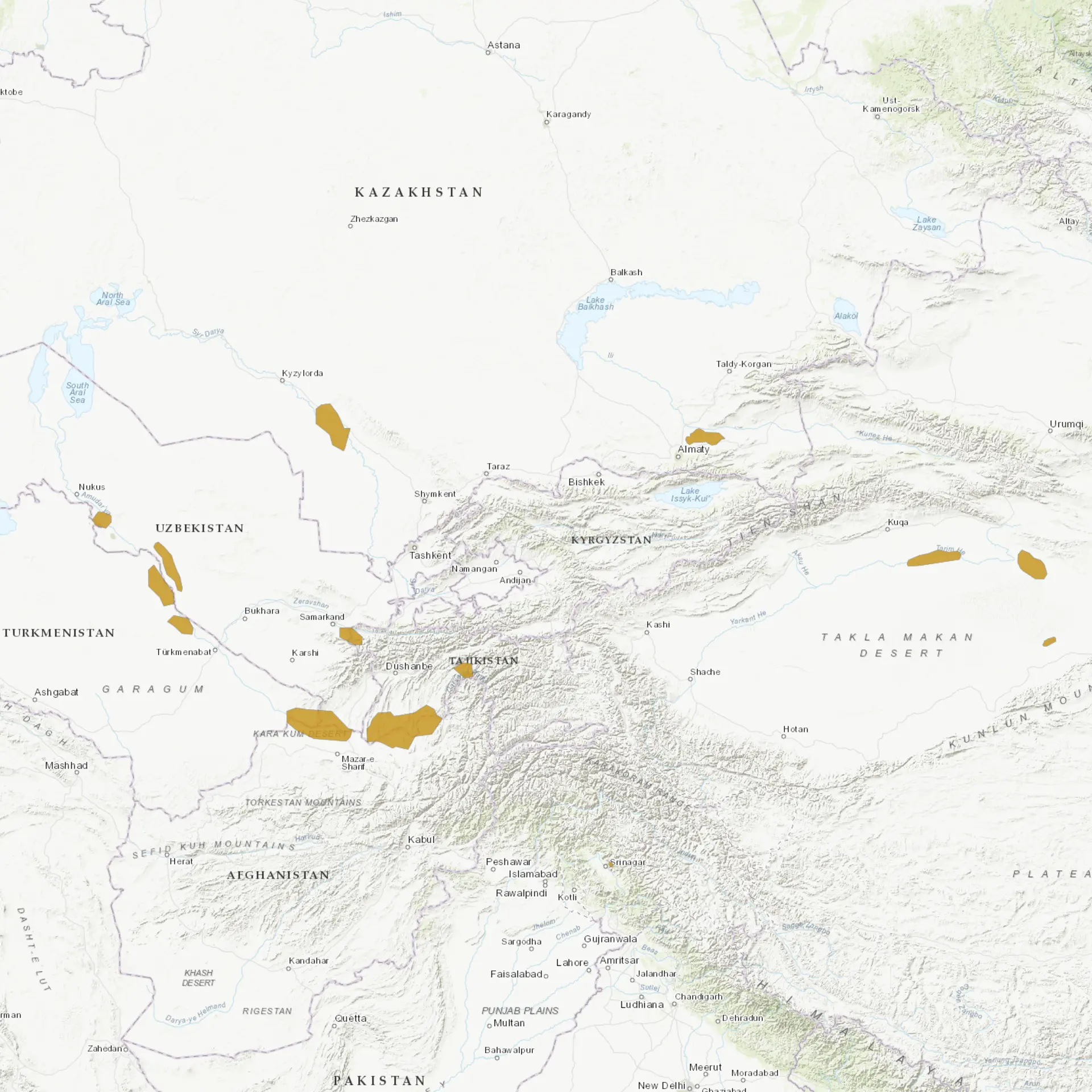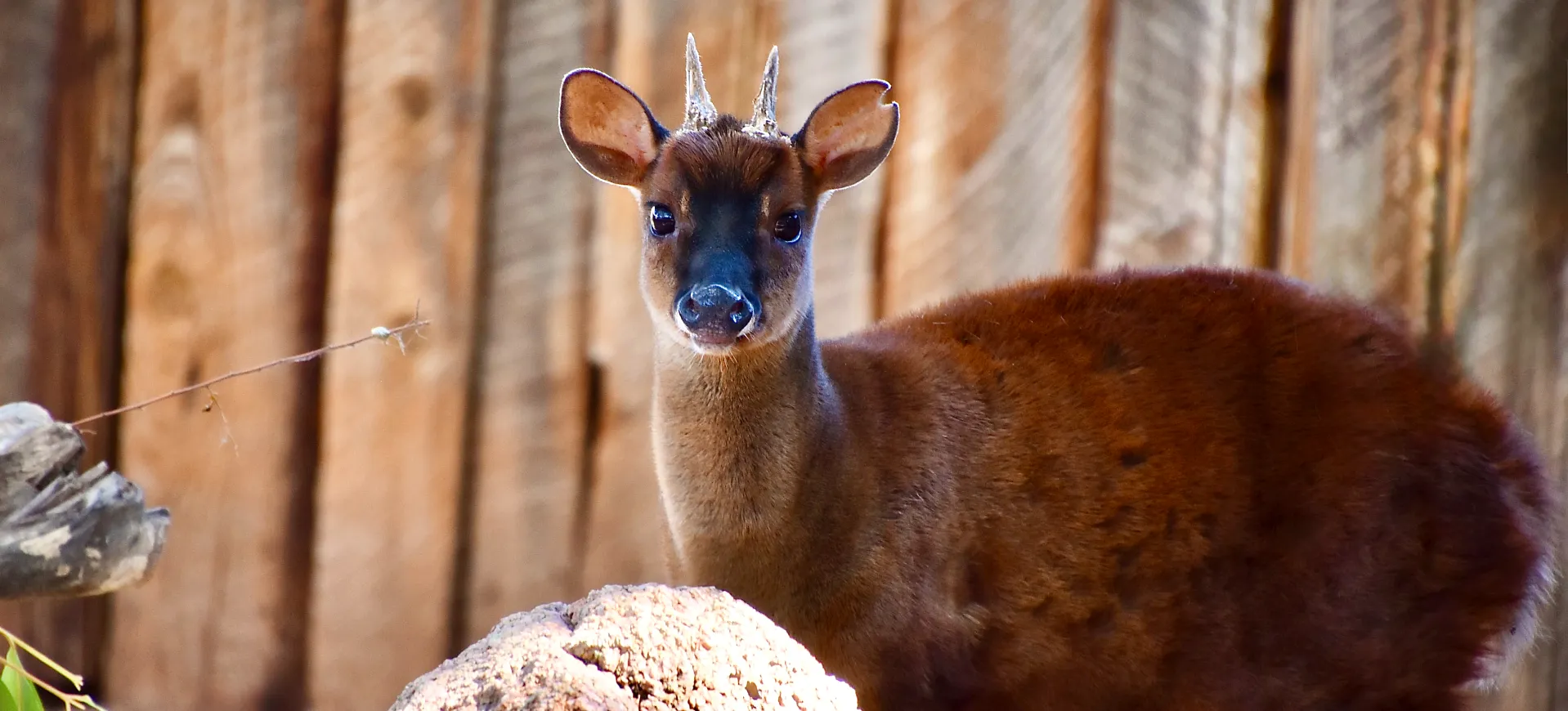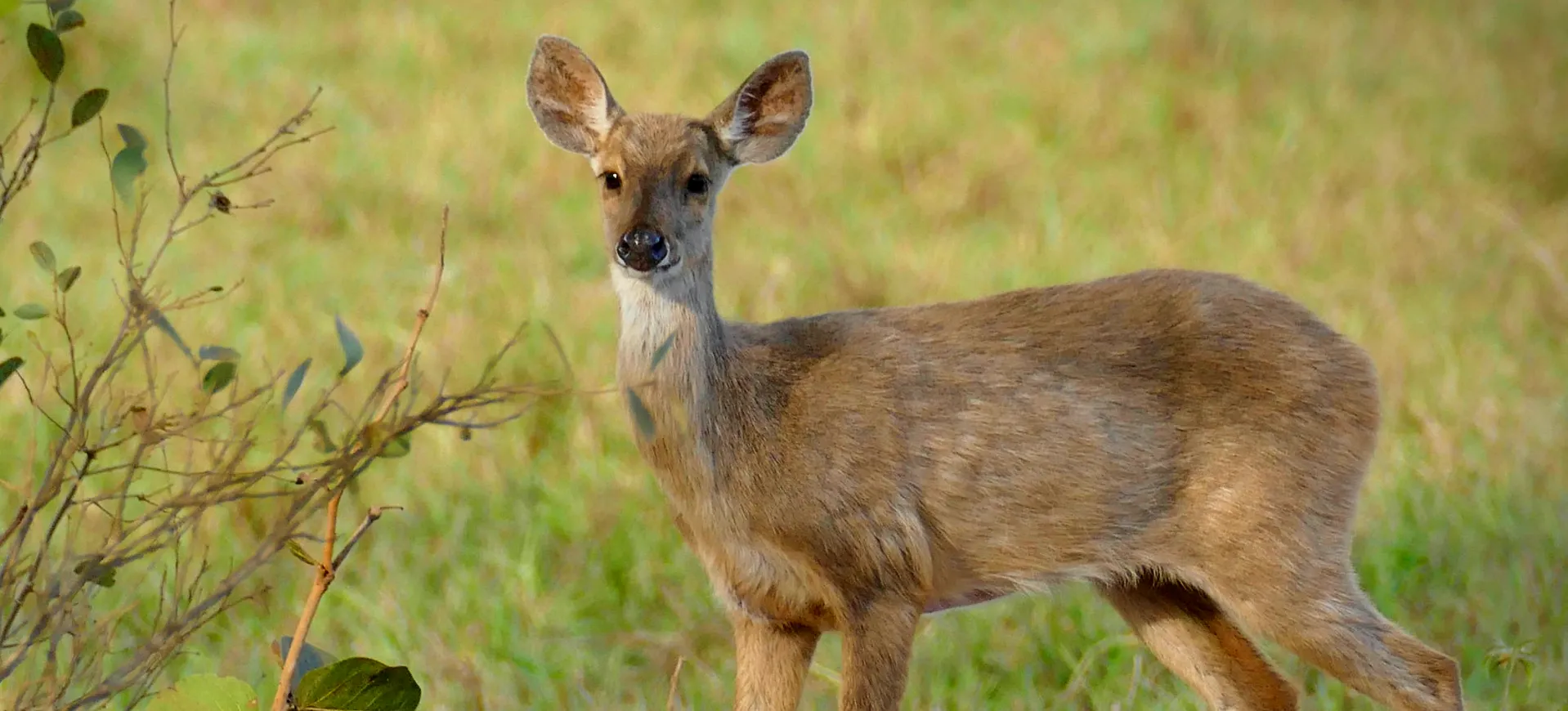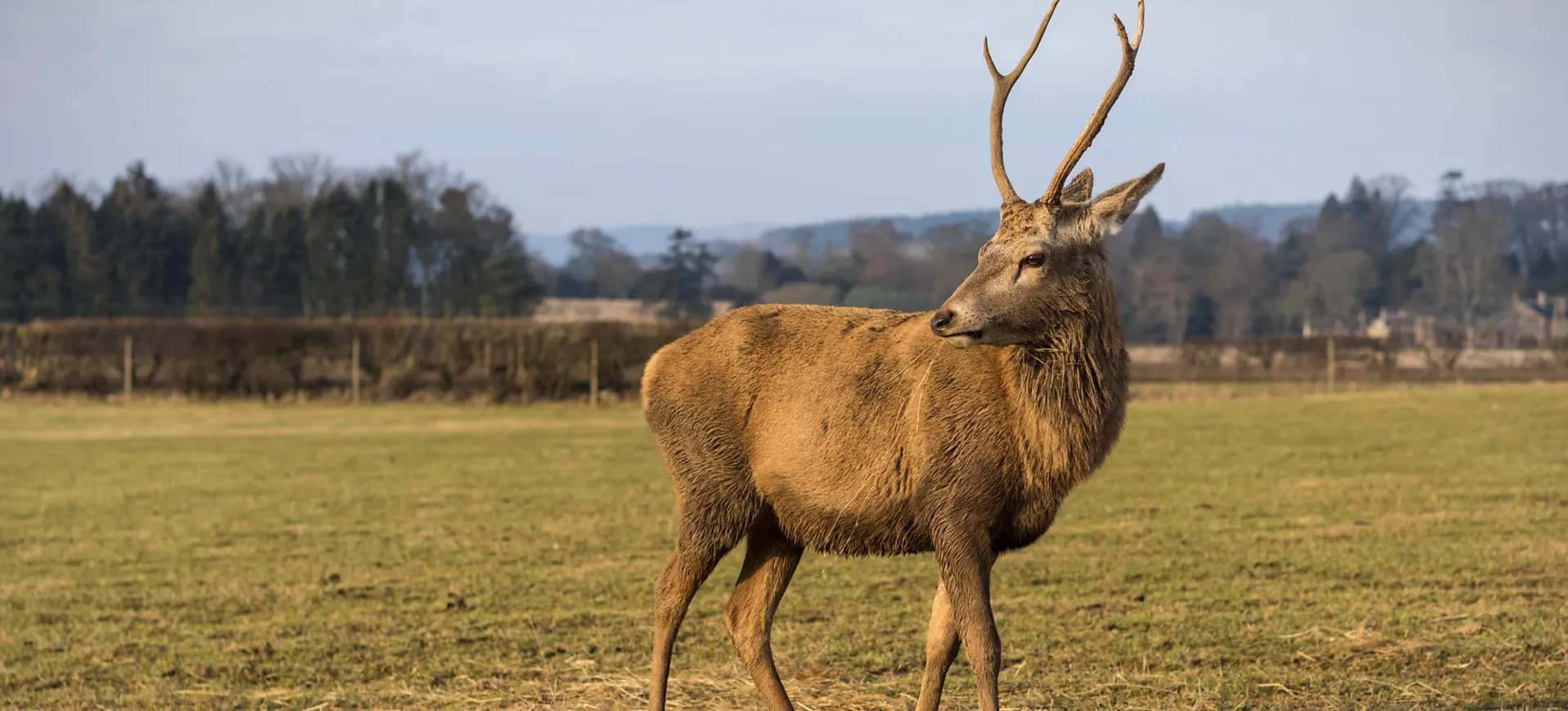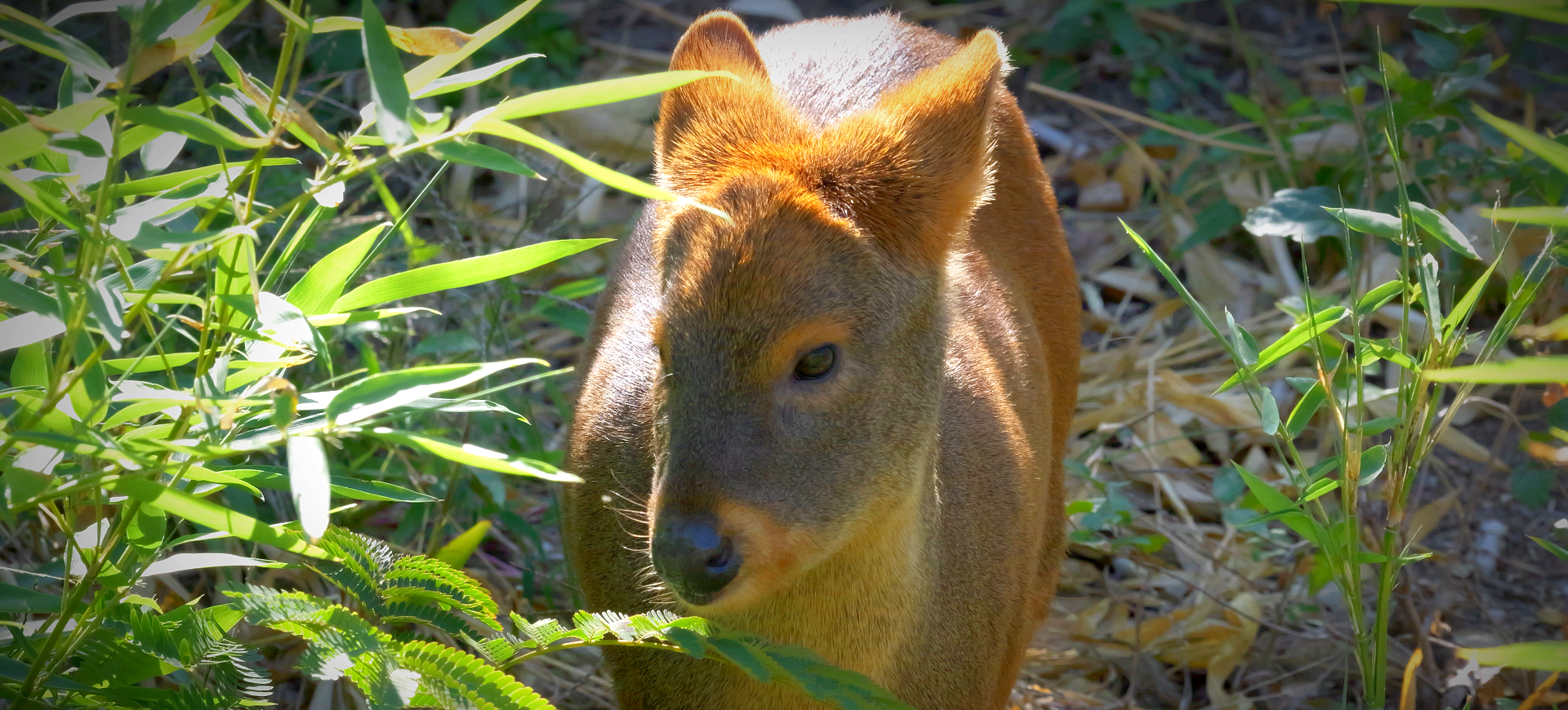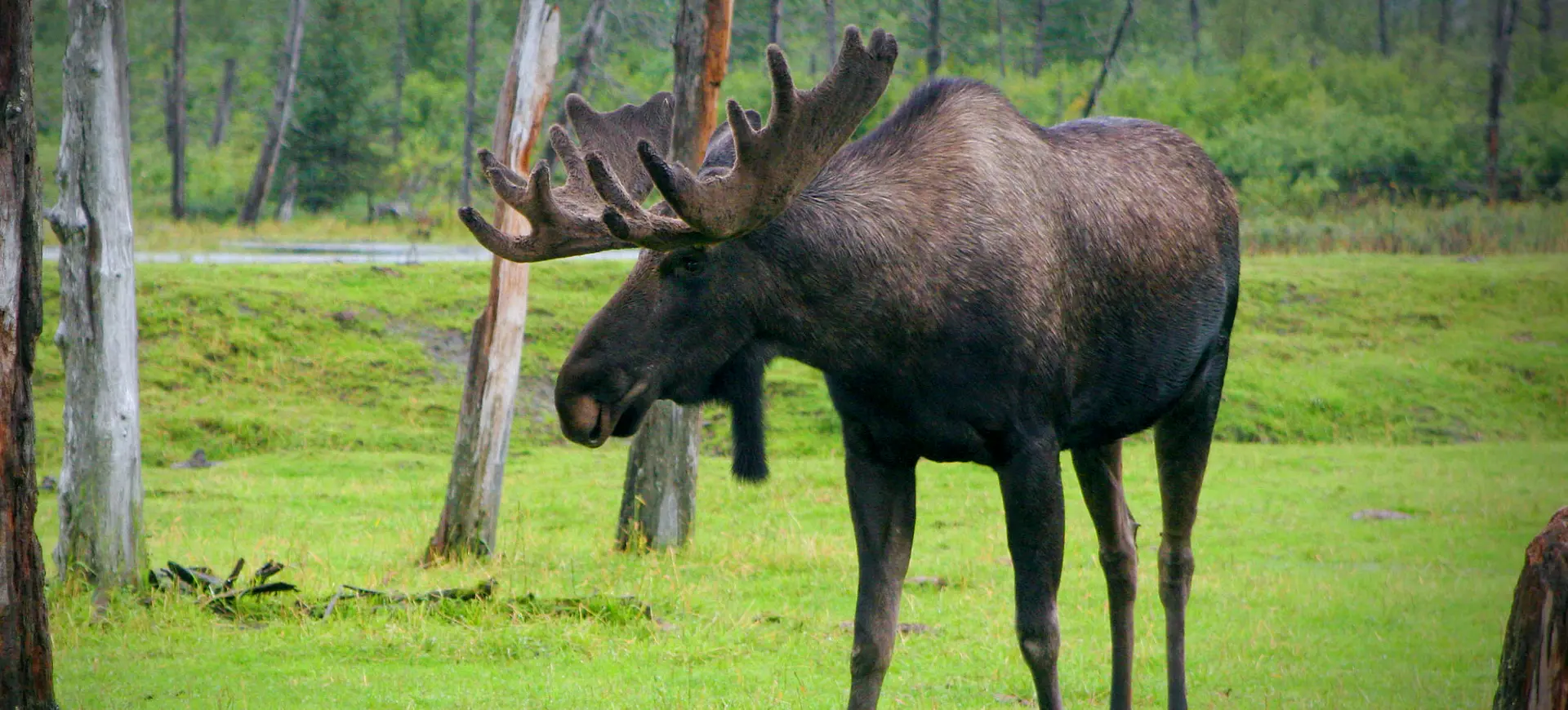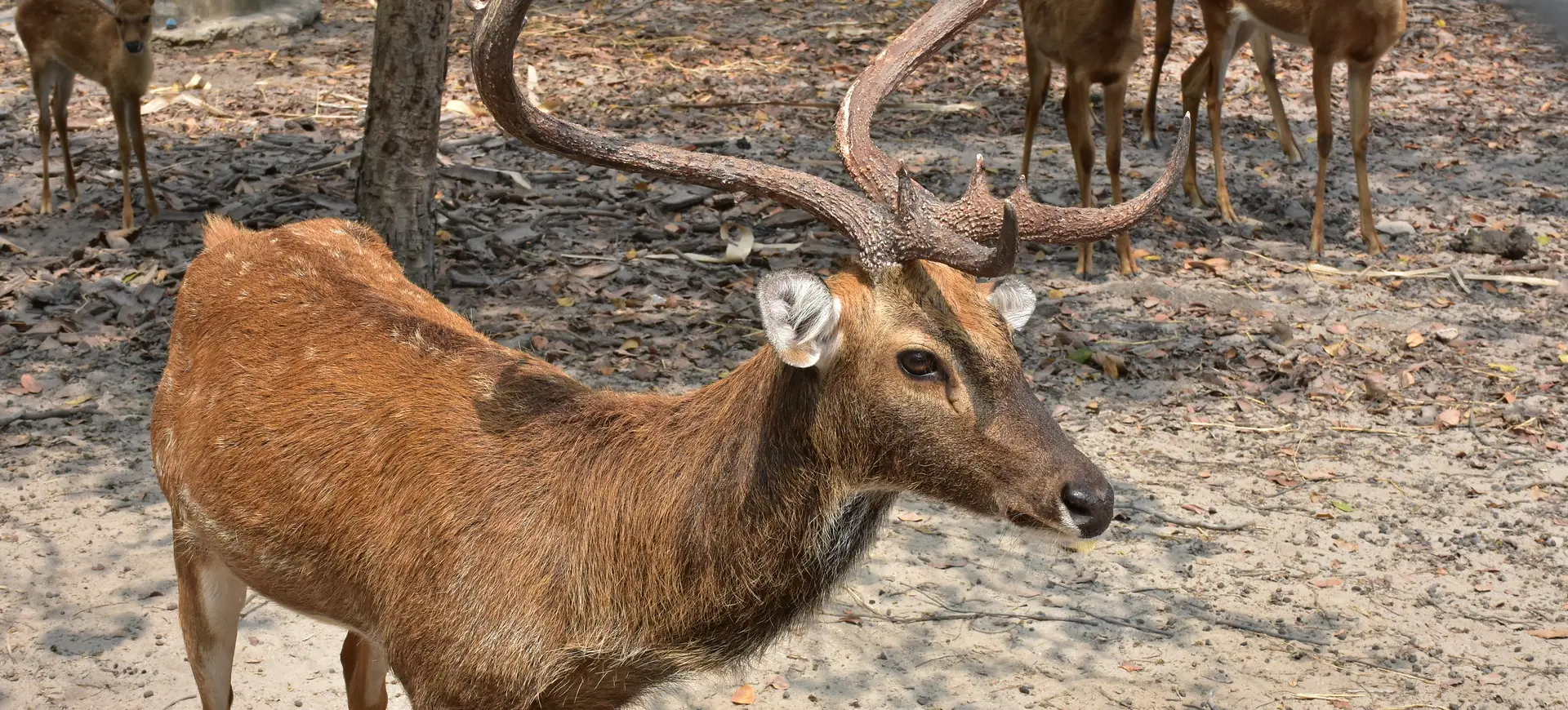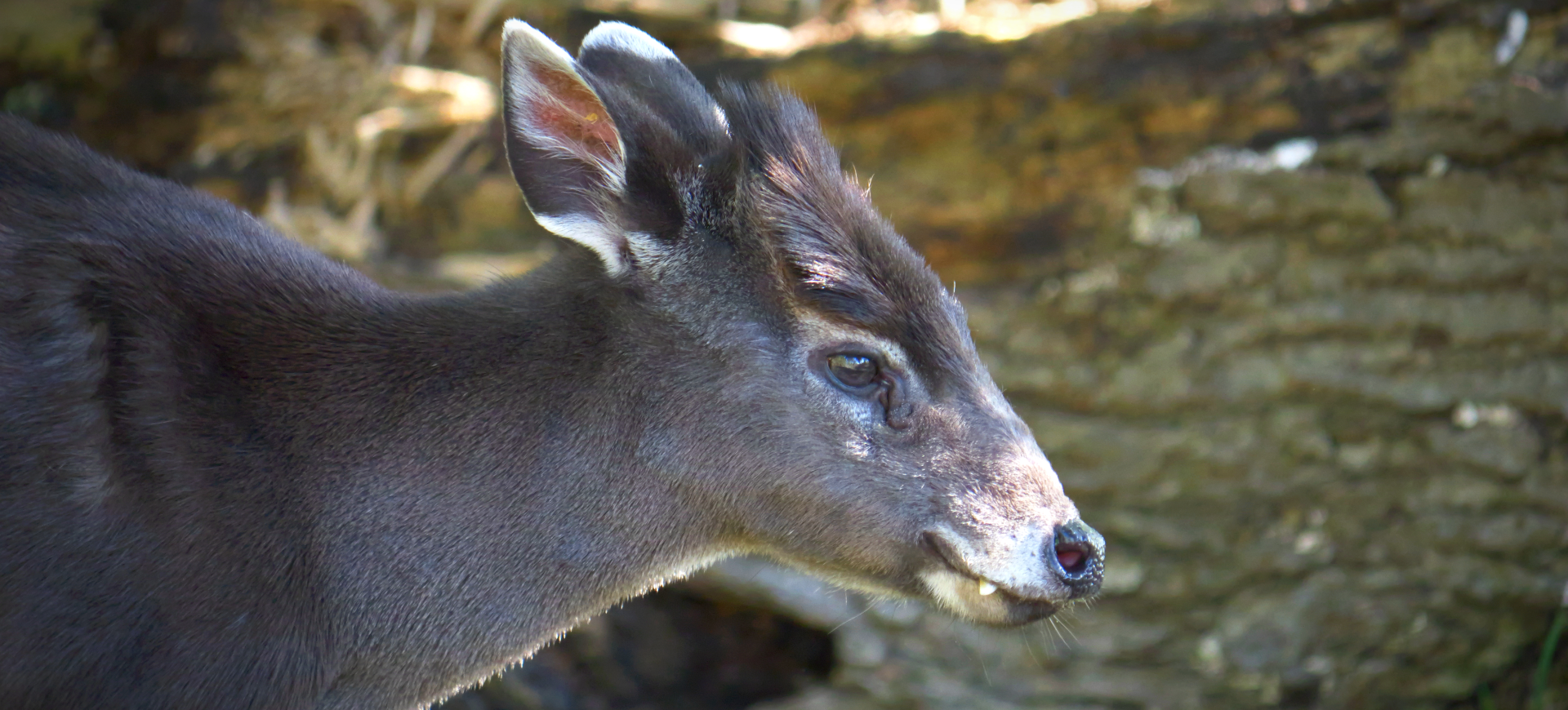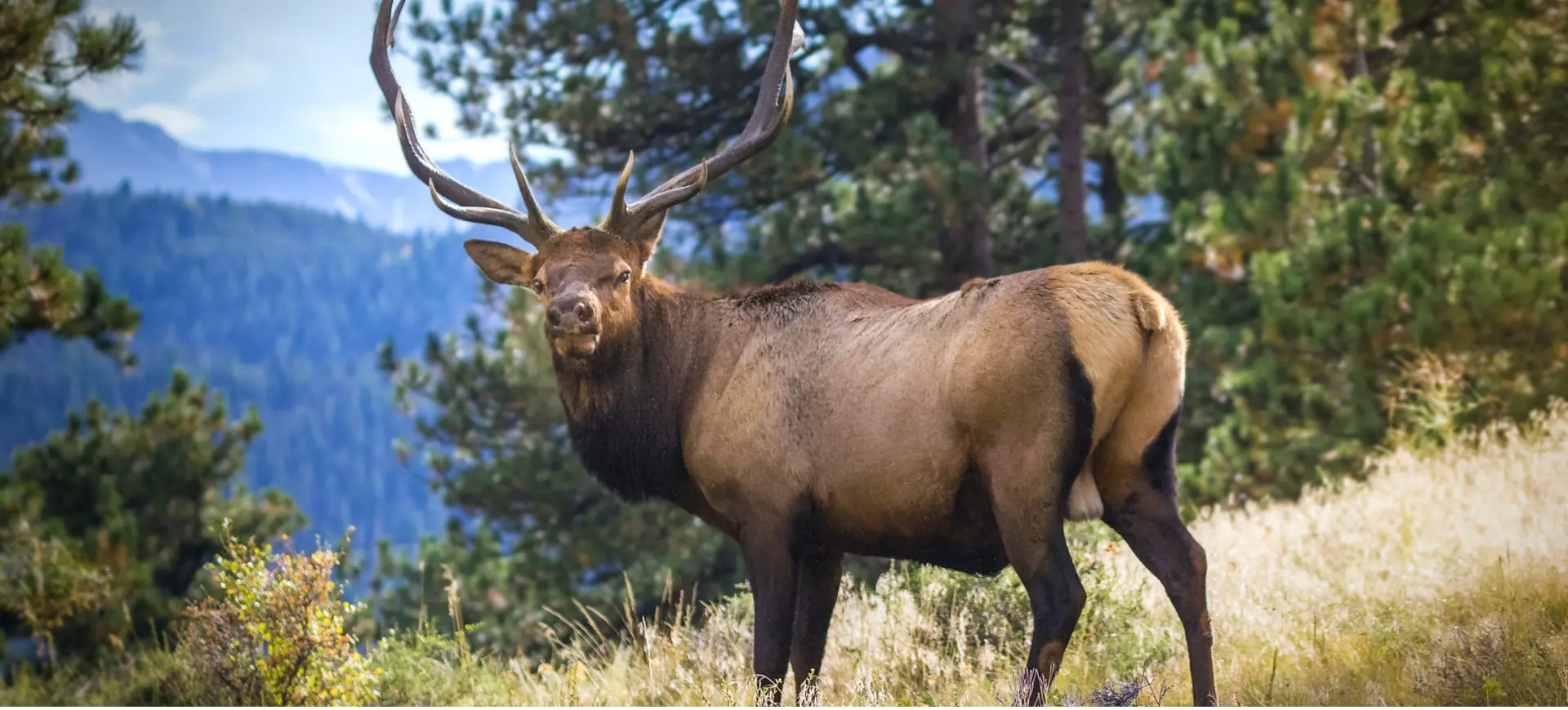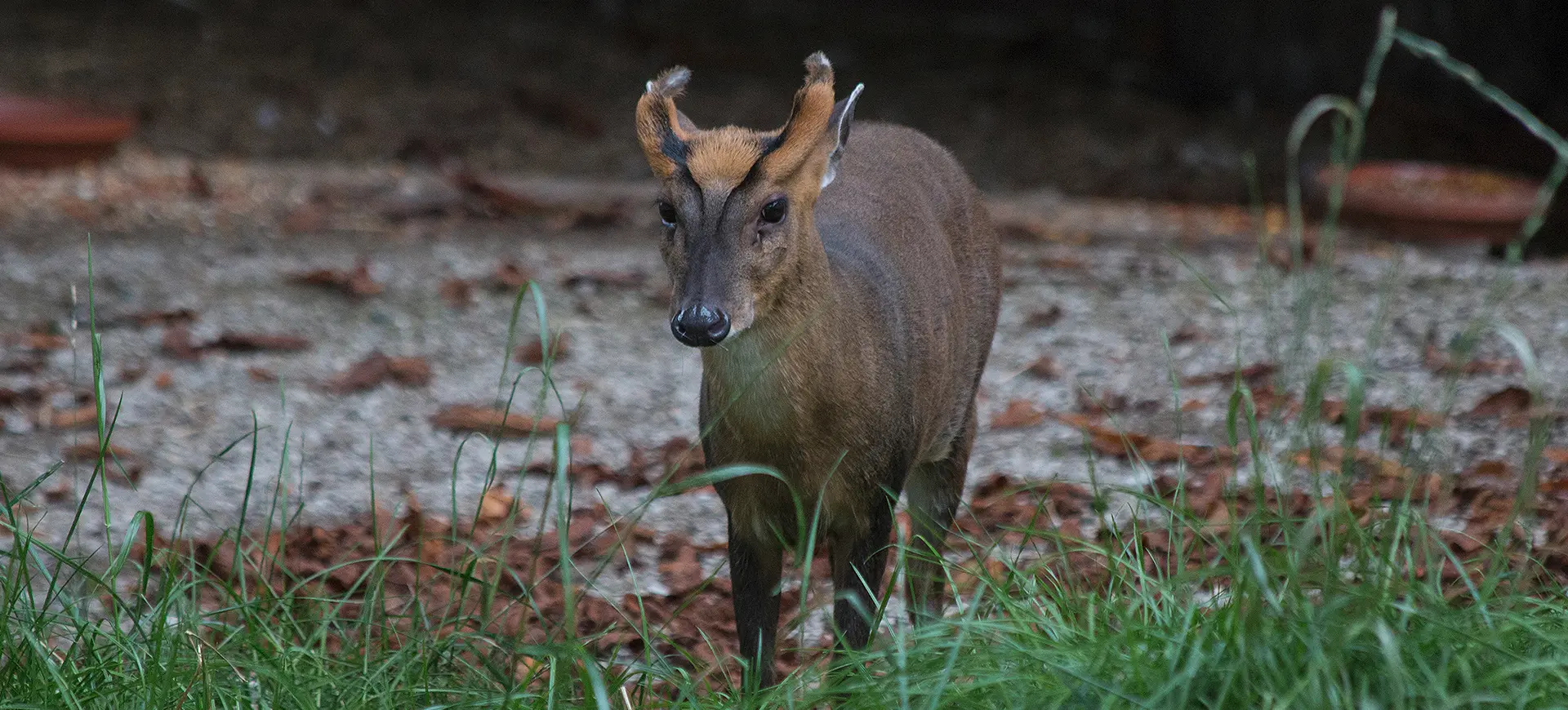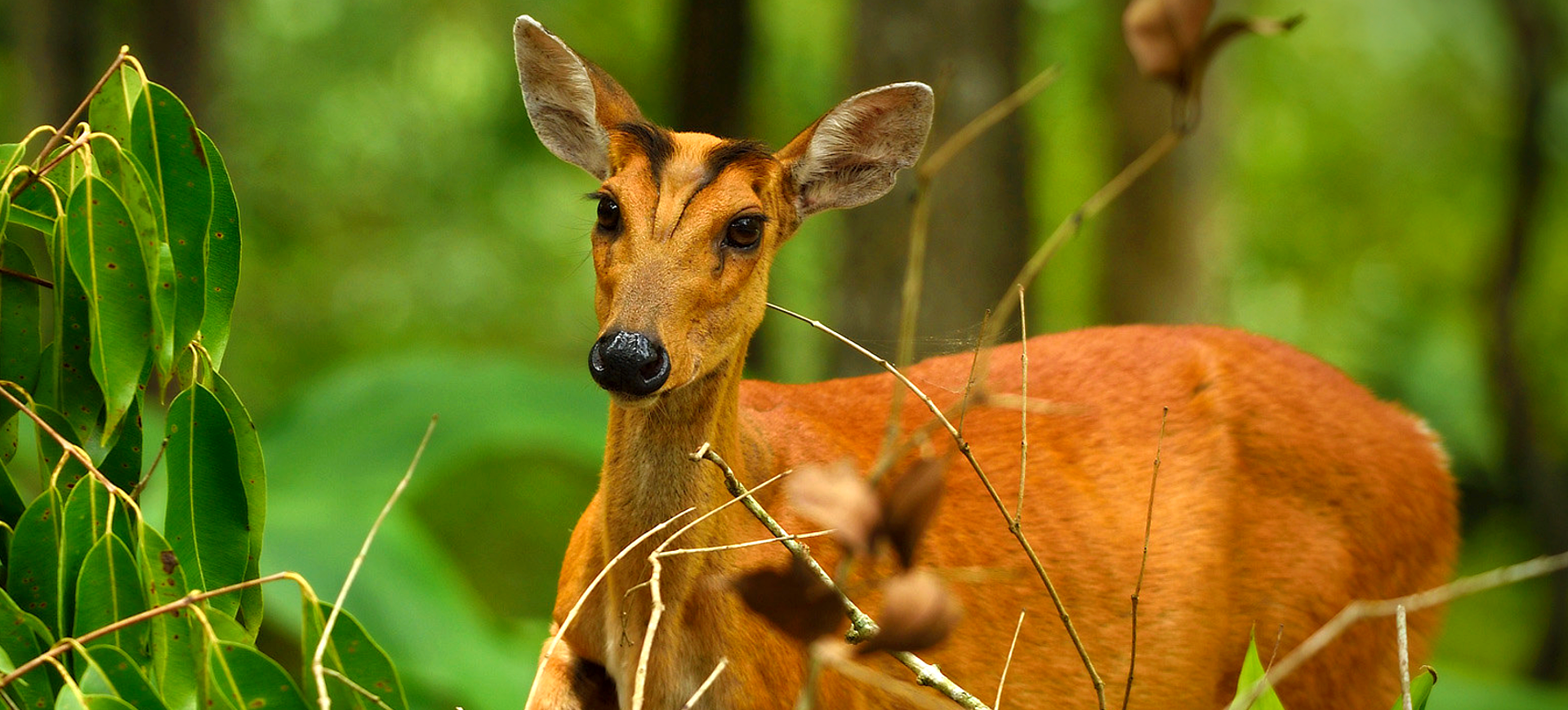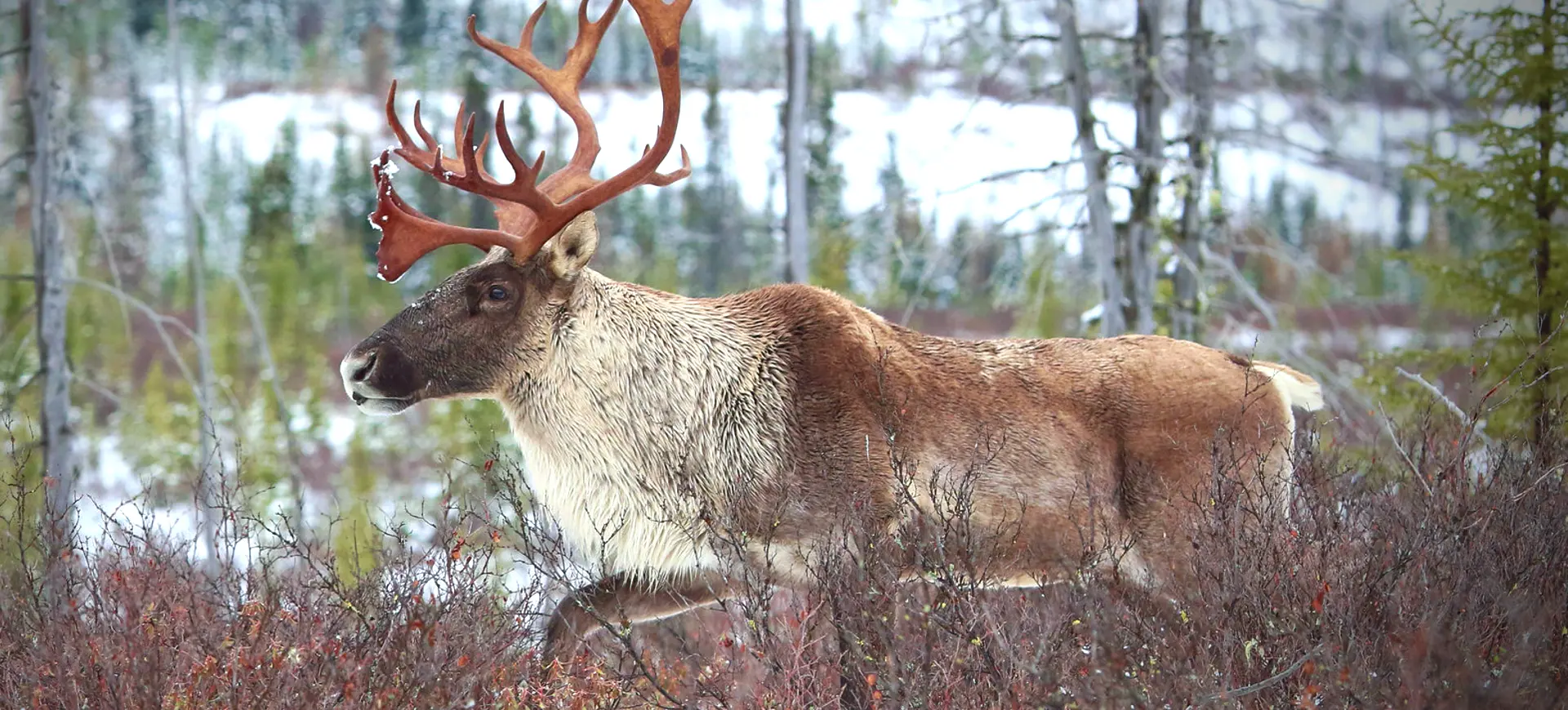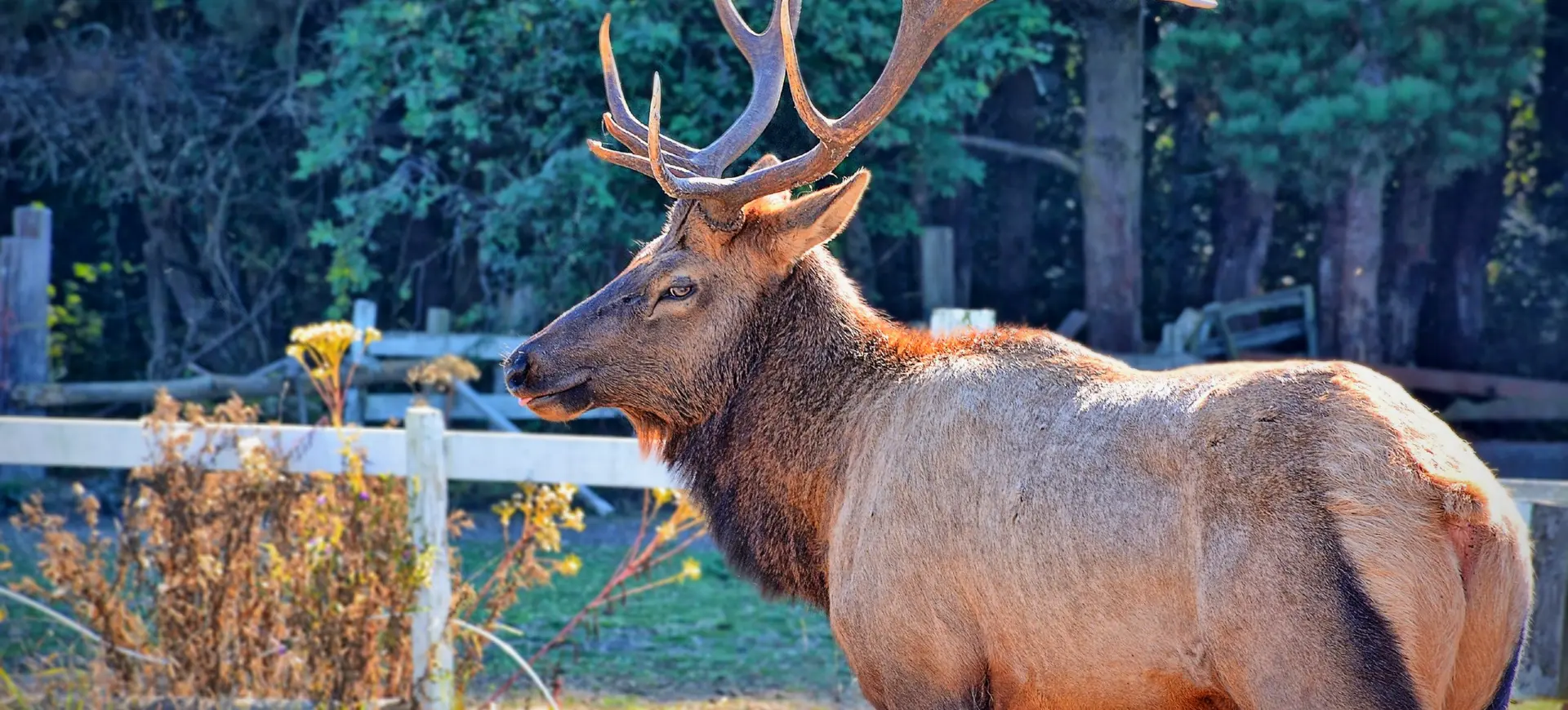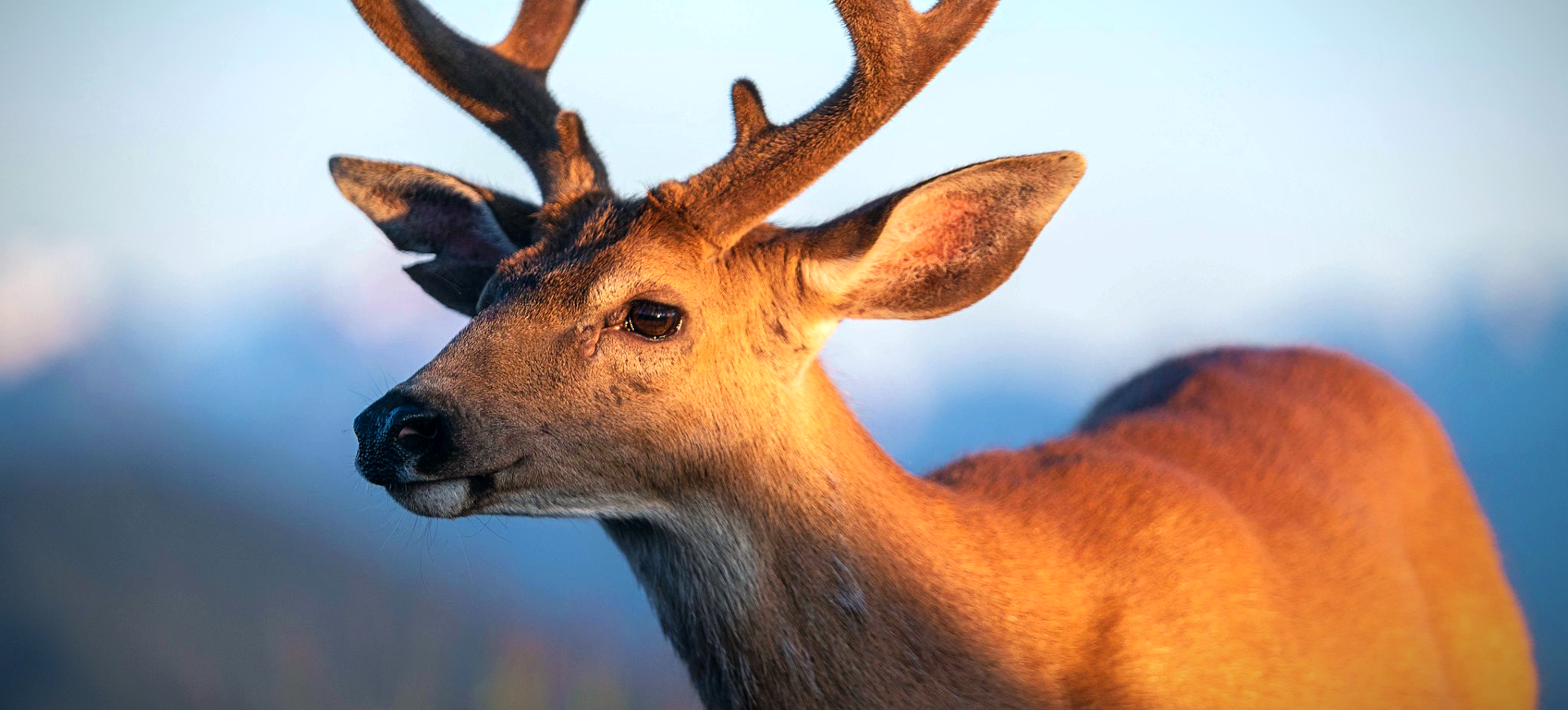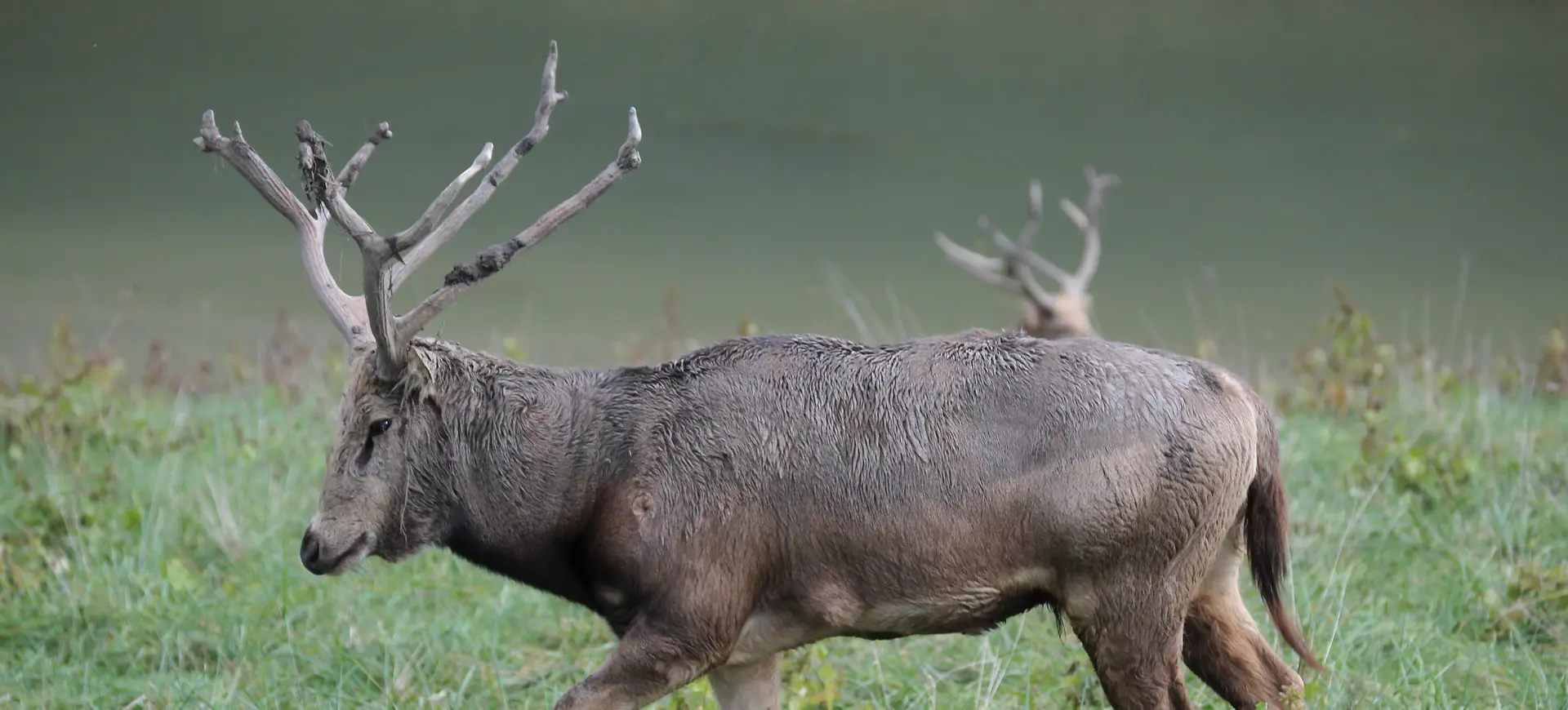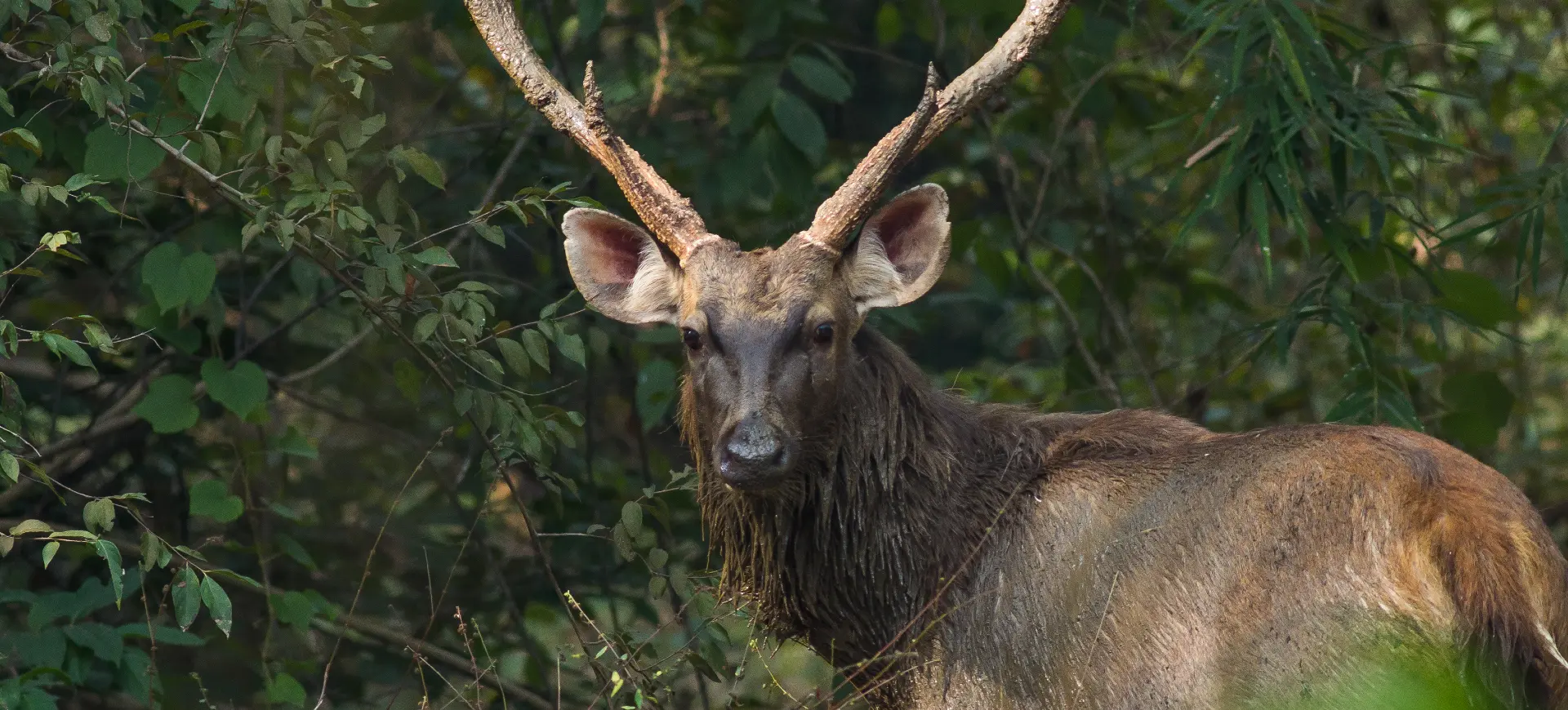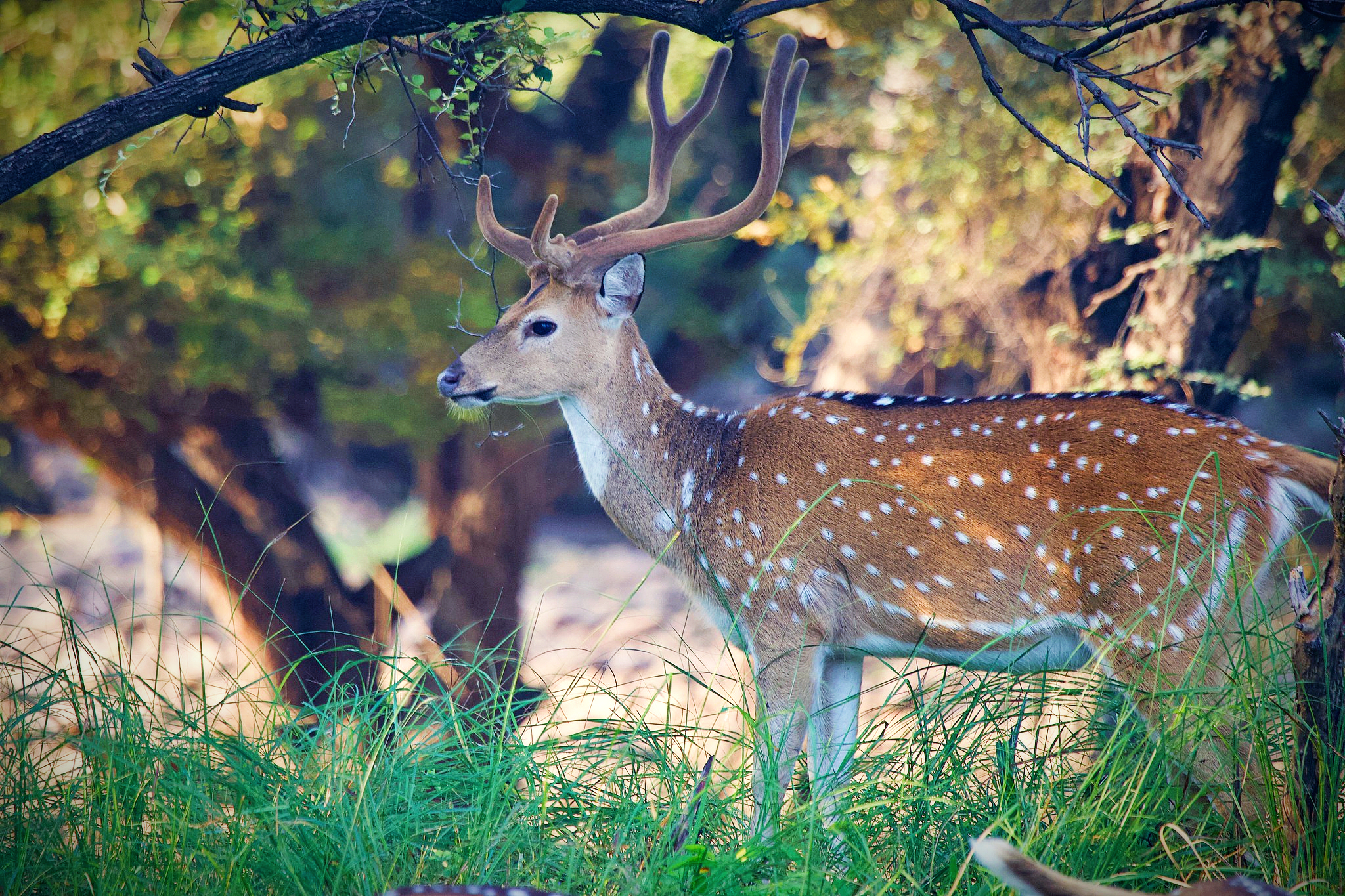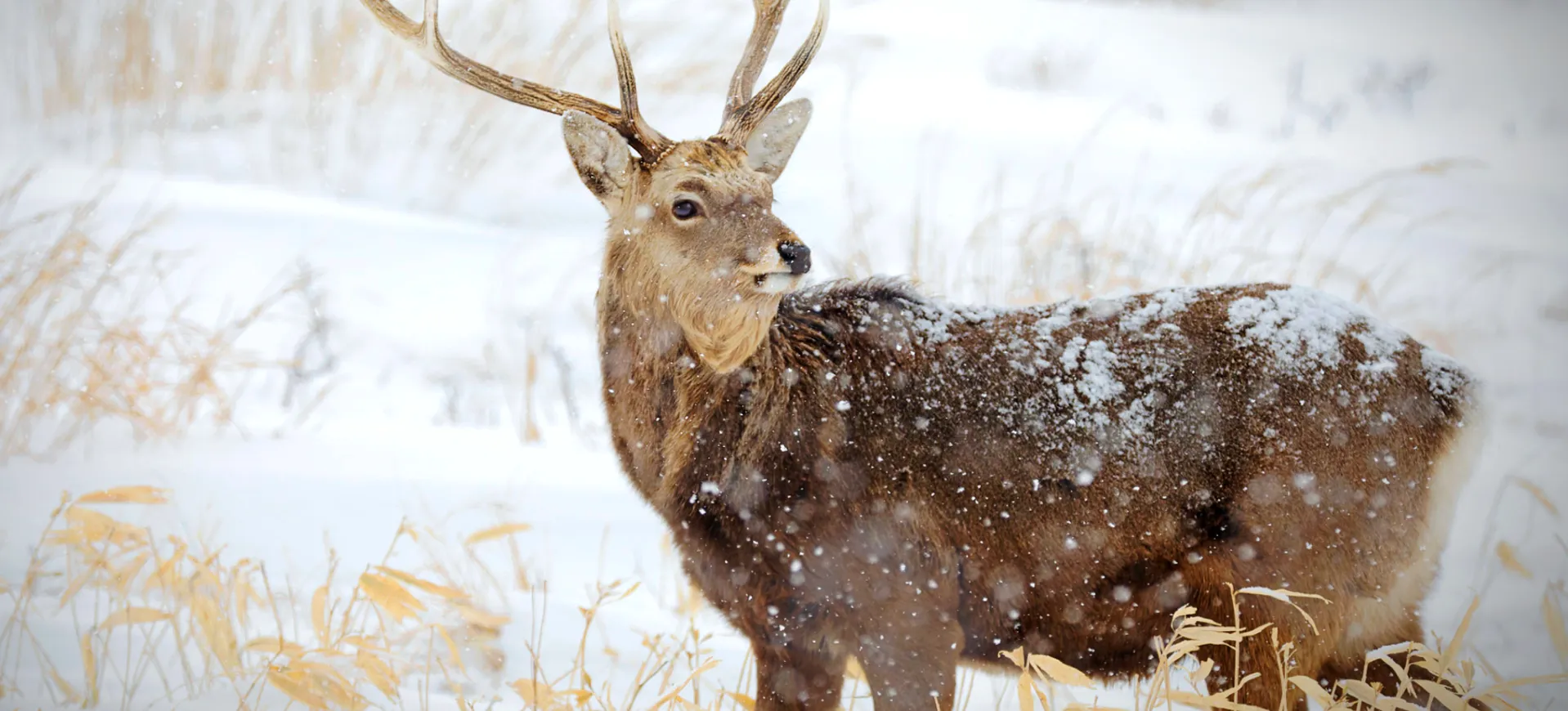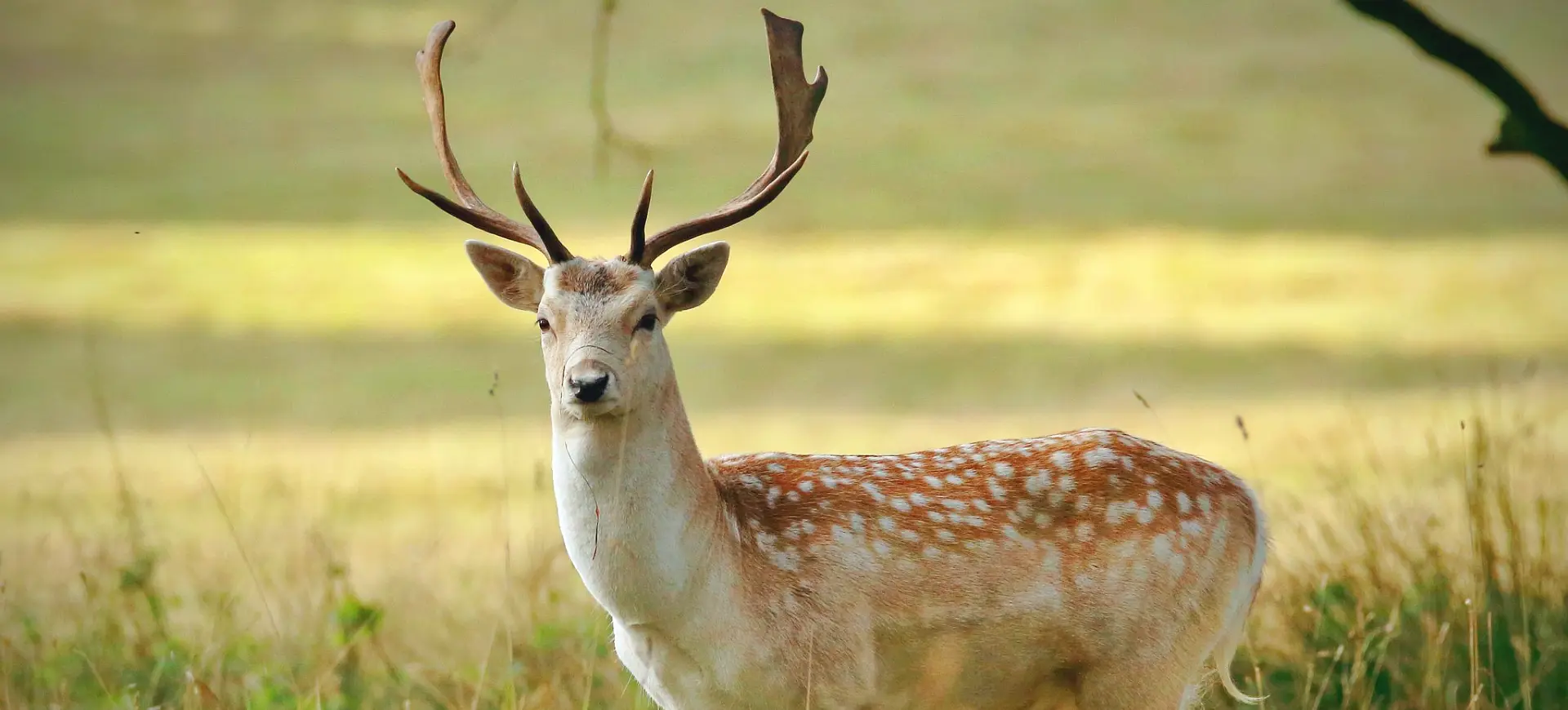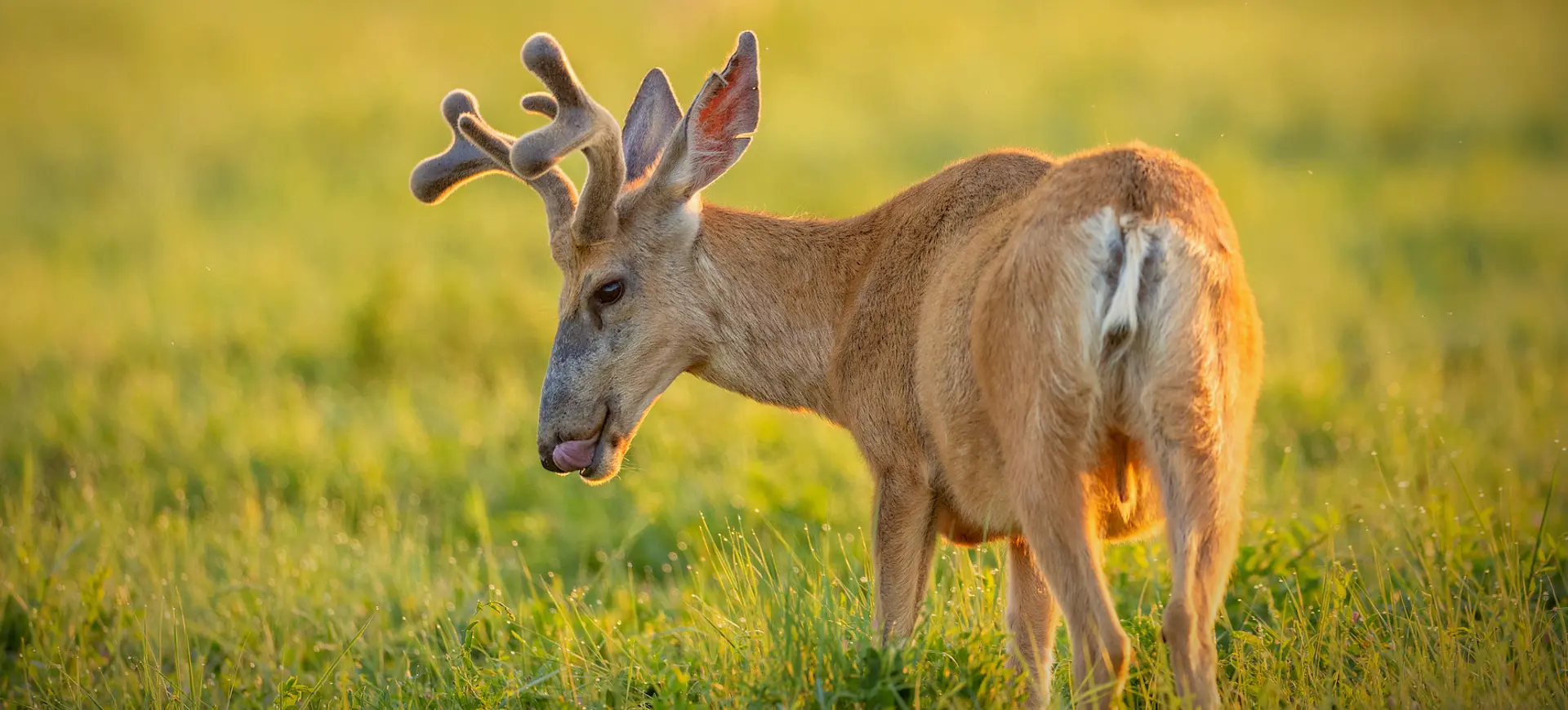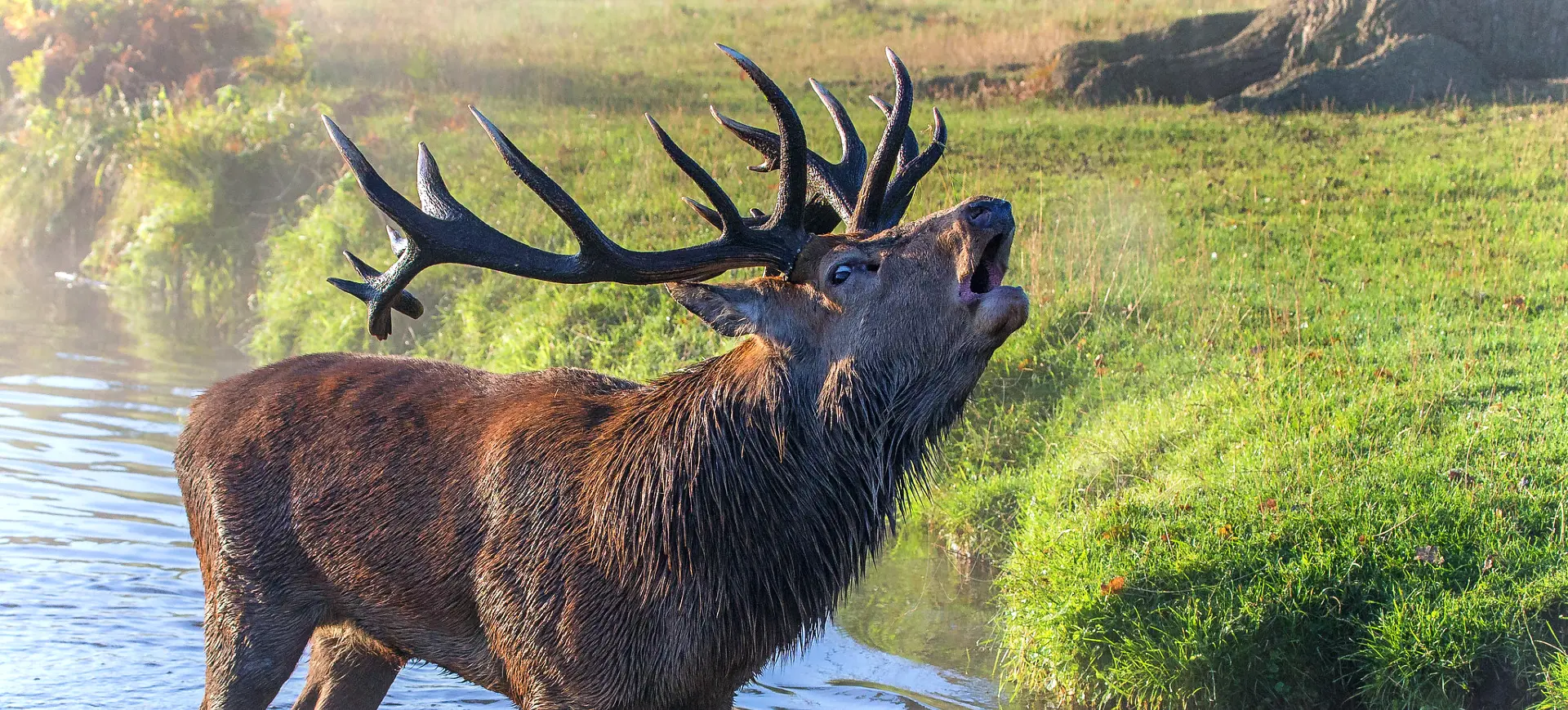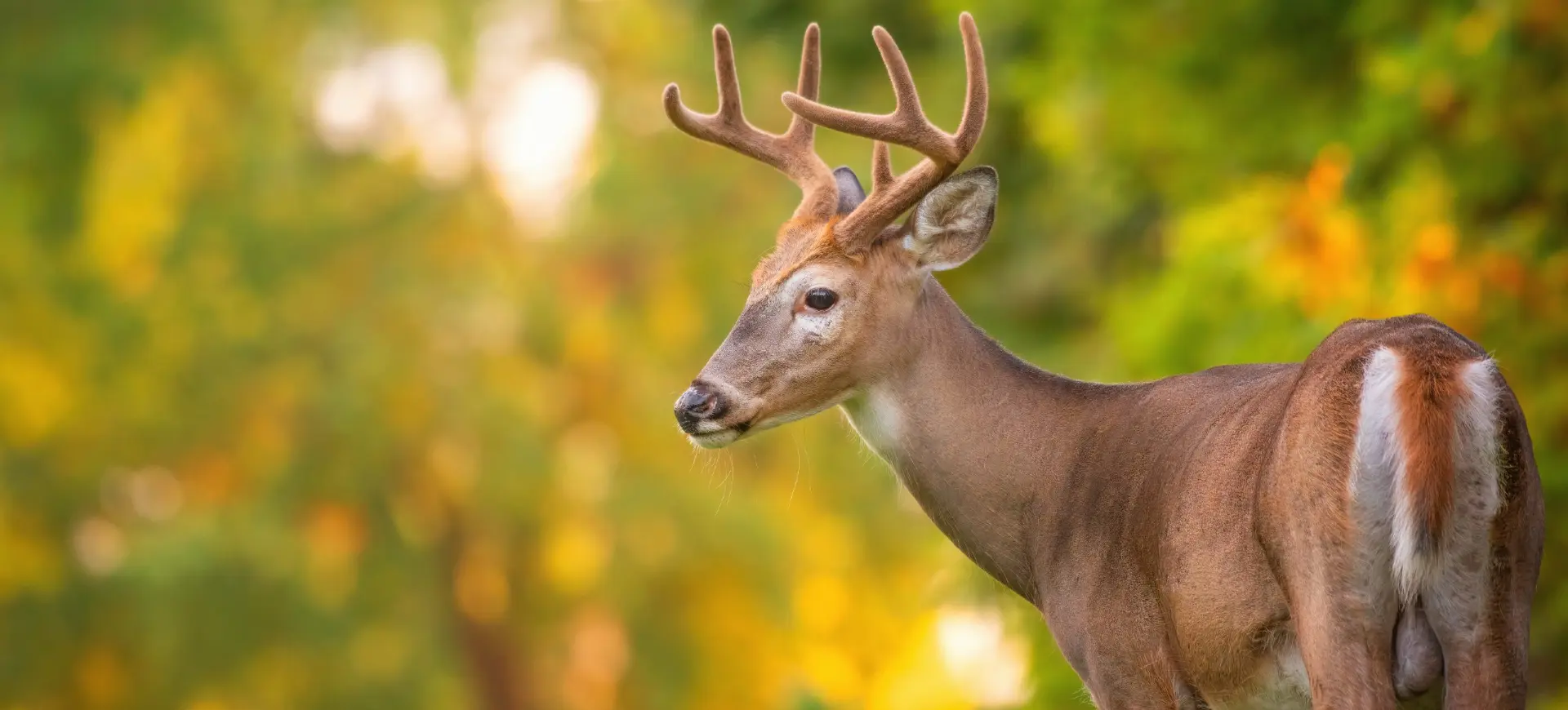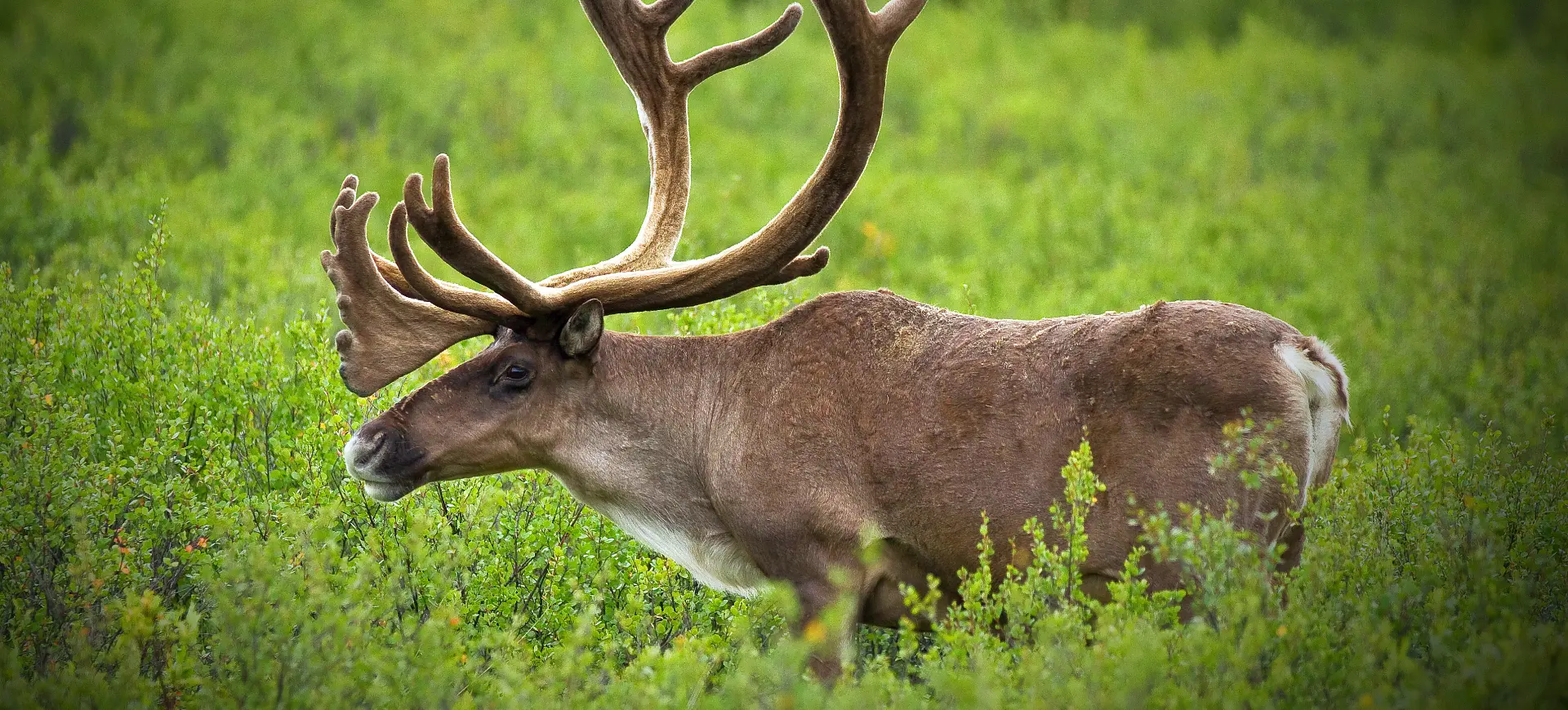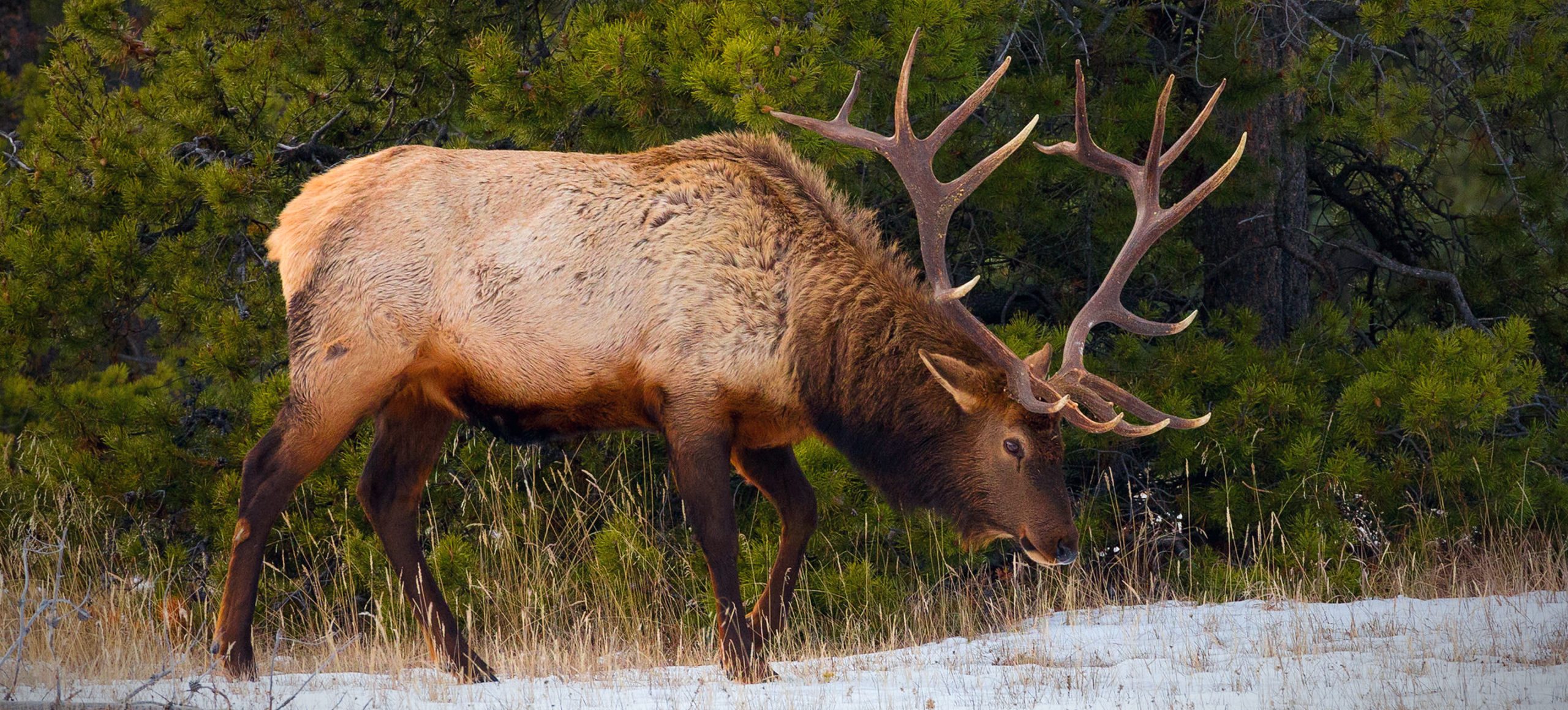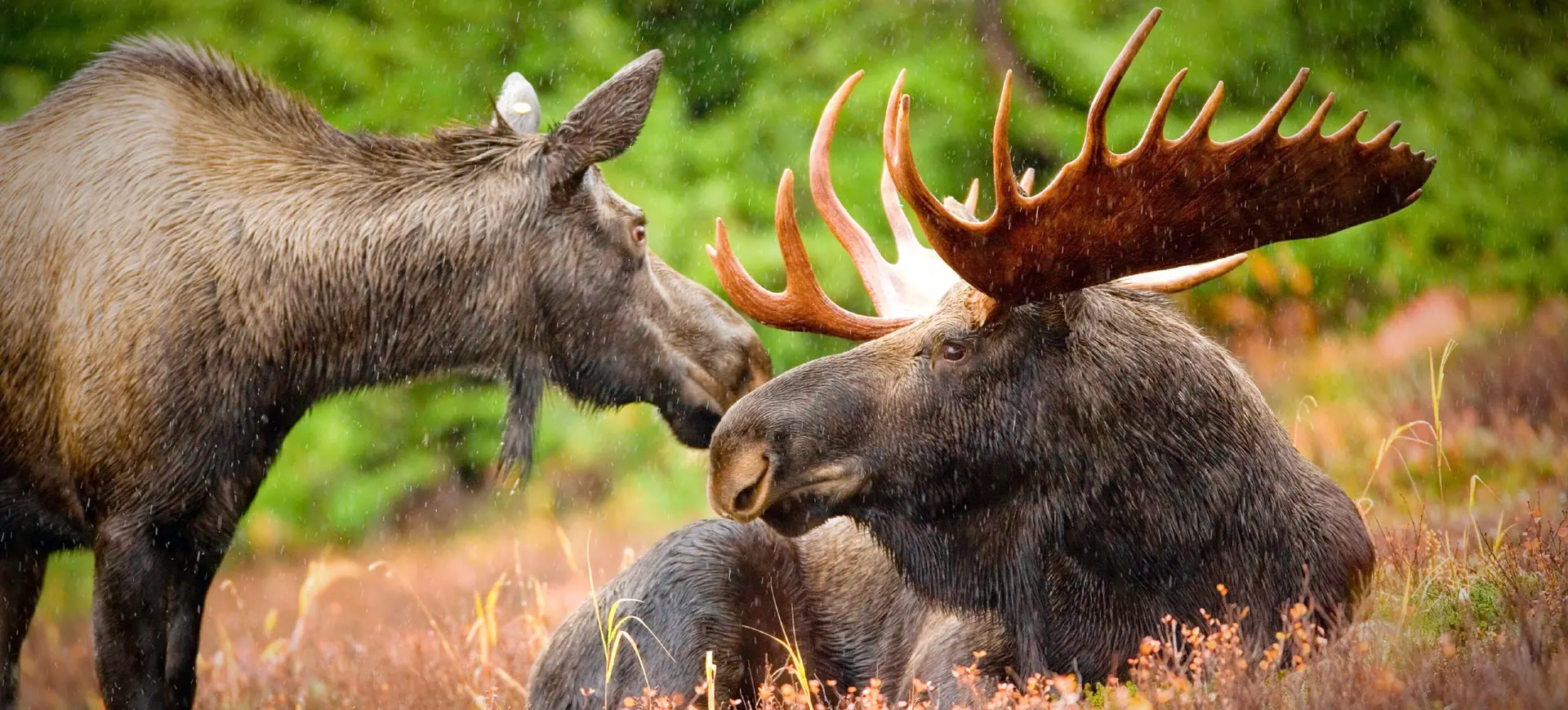Overview
The Bactrian Deer (Cervus elaphus bactrianus), also known as the Bukhara deer, is a subspecies of red deer native to Central Asia’s riparian forests and floodplains. This medium-sized deer is distinguished by its pale coat, slender build, and impressive antlers, typically found in males. It has a lighter and less branched appearance compared to other red deer subspecies. Adapted to the unique tugai (riparian) forests along rivers such as the Amu Darya and Syr Darya, the Bactrian deer depends on these fragile ecosystems for survival. Its population has experienced significant declines due to habitat loss, poaching, and human disturbance, making it a conservation priority.
The species is highly adapted to life in its riparian habitat, relying on dense vegetation and reeds for cover and rivers for water and forage. Bactrian deer are primarily crepuscular, active during dawn and dusk to avoid the day’s heat and minimize predator encounters. They are generally shy and elusive animals, using their keen senses of hearing and smell to detect danger and retreat into dense vegetation when threatened. These deer play a vital role in their ecosystem by helping to maintain vegetation growth and serving as prey for predators like wolves and wildcats.
Over the past few decades, conservation efforts have helped stabilize some populations through habitat restoration, reintroduction projects, and anti-poaching initiatives. Today, Bactrian deer are found in fragmented populations across Uzbekistan, Turkmenistan, Kazakhstan, and Tajikistan, with a few reintroduced populations in protected areas. Despite these efforts, they remain vulnerable due to the ongoing destruction of their unique tugai forest habitat, competition with livestock, and illegal hunting. Protecting the Bactrian deer is essential for preserving the biodiversity of Central Asia’s riparian ecosystems.
Taxonomy
Kingdom
Phylum
Class
Order
Family
Genus
Species
Sub Species
Type
Current distribution:
The Bactrian Deer’s wild range is highly fragmented, with populations found primarily in riparian areas along rivers in Uzbekistan, Turkmenistan, Kazakhstan, and Tajikistan. Historically, their range was much larger, but habitat loss and human activity have confined them to small, isolated pockets within these countries. Key areas for the species include the lower reaches of the Amu Darya and Syr Darya rivers and the Zarafshan Valley. Reintroduction programs have also established populations in protected areas such as the Kyzylkum Reserve in Uzbekistan and the Amu Darya State Nature Reserve in Turkmenistan.
Despite conservation efforts, wild populations remain vulnerable due to ongoing habitat destruction and illegal poaching. Population connectivity is further hindered by the fragmentation of riparian forests, which restricts gene flow between herds. Some reintroduced populations have shown signs of recovery, but the species’ overall distribution in the wild remains limited and heavily dependent on conservation actions. Without continued habitat protection and restoration, the Bactrian deer may face further declines in its already restricted range.
Physical Description:
The Bactrian Deer exhibits pronounced sexual dimorphism, with males significantly larger than females and sporting impressive, branched antlers. These antlers, used for competition during the rut, are shed and regrown yearly. The body of the deer is robust, supporting a long neck, a sizeable head, and alert, rounded ears, and they have a black-tipped tail. The coat undergoes seasonal changes, from reddish-brown in the warmer months to greyish-brown during the colder season.
Regarding body measurements, male Bactrian Deer are larger and more muscular than females. Their thick, shaggy fur insulates against harsh winters, a critical adaptation for survival. Fawns are born with spotted coats, providing camouflage, which they lose as they mature. The physical attributes of the Bactrian Deer, including their fur, size, and antlers, play a vital role in their adaptation to the environment and survival strategies.

Lifespan: Wild: ~15 Years || Captivity: ~20 Years

Weight: Male: 350-530 lbs (159-240 kg) || Female: 220-350 lbs (100-159 kg)

Length: Male: 65-85 in (165-216 cm) || Female: 63-79 in (160-200 cm)

Height: Male: 48-51 in (122-130 cm) || Female: 44-48 in (112-122 cm)

Top Speed: 35 mph (56 km/h)
Characteristic:
Native Habitat:
The Bactrian Deer inhabits river valleys in Central Asia, particularly around the Amu Darya and Syr Darya river basins. These regions offer dense vegetation and a relatively mild climate, which provide ample food and water for the deer. Adapted to thrive in these riparian zones, they prefer areas with a mix of forest and open space, making them well-suited to their habitat. Proximity to water sources is a key factor in their distribution and survival.
Their natural habitat includes woodlands near rivers, reed beds, and grasslands. This habitat mix provides the Bactrian Deer with the necessary feeding, shelter, and breeding resources. The deer’s dependence on these specific environments makes them particularly vulnerable to habitat destruction and changes in land use. Therefore, Preserving these habitats is crucial for conserving the species.
Climate Zones:
Biomes:
Biogeographical Realms:
Continents:
Countries:
Diet:
Diet & Feeding Habits:
Bactrian Deer are herbivores, primarily grazing on grasses, leaves, and twigs available in their habitat. Their diet varies with the seasons, shifting to include more twigs and bark during the winter when grasses are scarce. These dietary changes are crucial for their survival, particularly in the harsher climates they inhabit in regions where their habitat overlaps with agricultural areas; they may feed on crops, leading to conflicts with local farmers.
In captivity, Bactrian Deer are fed a diet that closely mimics their natural feeding habits. This includes a mix of hay, fresh leaves, and specially formulated deer feed, ensuring they receive all the necessary nutrients. Constant access to water is also crucial, reflecting their natural preference for riverine habitats. Additional feeding may be necessary during winter to compensate for the lack of natural forage available in zoo environments.
Mating Behavior:
Mating Description:
The Bactrian Deer’s mating season, or rut, typically occurs in the fall. During this period, males become more aggressive and vocal, using their antlers in battles to establish dominance and attract females. These displays and conflicts are crucial for determining mating rights among males. The dominant males mate with multiple females, leading to a polygynous mating system.
Female Bactrian Deers are receptive to mating only briefly during the rut. They communicate their readiness through subtle behavioral cues, which the males must interpret correctly to successfully mate. After mating, the social structure of the herds changes, with females forming maternal groups. The rut is critical for the Bactrian Deer, influencing their social dynamics and population structure.
Reproduction Season:
Birth Type:
Pregnancy Duration:
Female Name:
Male Name:
Baby Name:
Social Structure Description:
Bactrian Deer have a complex social structure characterized by seasonal changes. Outside the mating season, they form large herds that provide safety and social interaction. These herds are generally segregated by sex, with males and females forming separate groups. The composition of these herds can vary, influenced by factors such as food availability and predation pressure.
During the mating season, the social structure shifts dramatically. Males become more solitary or form smaller groups and compete for access to females. After the rut, the herds re-form, with females grouping to raise their young. Understanding the social dynamics of Bactrian Deer is important for conservation efforts, particularly in managing populations in protected areas.
Groups:
Conservation Status:
Population Trend:
The Bactrian Deer’s wild population is fragmented and confined mainly to protected areas. Their numbers have declined due to habitat loss, poaching, and competition with livestock. The exact count of individuals in the wild is difficult to determine due to their habitat’s remote and inaccessible nature. Regular monitoring and surveys are essential for accurate population assessments.
Conservation efforts for the Bactrian Deer focus on habitat protection, anti-poaching measures, and community involvement to mitigate human-wildlife conflict. These initiatives are critical for reversing the trend of population decline and ensuring the species’ long-term survival. Collaboration between conservation organizations, governments, and local communities is vital in these efforts.
Population Threats:
The main threats to the Bactrian Deer include habitat destruction, primarily due to agricultural expansion and infrastructure development. Poaching for meat and antlers is a significant concern, exacerbating their decline. Competition with domestic livestock for grazing land and water resources threatens their survival. Climate change also poses a risk, potentially altering their habitat and affecting food availability.
Efforts to mitigate these threats involve habitat restoration, stricter law enforcement against poaching, and community engagement programs to reduce conflicts. Additionally, climate change mitigation strategies are important for ensuring the long-term viability of their habitats. Given the transboundary nature of the deer’s range, international cooperation is essential for addressing these threats.
Conservation Efforts:
Conservation initiatives for the Bactrian Deer include establishing protected areas and wildlife reserves to safeguard their habitat. Anti-poaching patrols and stricter law enforcement are also key components of conservation strategies. In addition, programs aimed at habitat restoration and the creation of wildlife corridors are essential for connecting fragmented populations.
Education and community involvement play a crucial role in conservation efforts. Raising awareness about the importance of the Bactrian Deer and its habitat helps garner support for conservation measures. Collaborative efforts with local communities, NGOs, and governments are vital for successfully implementing these conservation strategies.
Additional Resources:
Fun Facts
- Bactrian Deer antlers can grow impressively large, with several branches.
- They are one of the few deer species that undergo significant seasonal coat color changes.
- Bactrian Deer is named after the historical region of Bactria in Central Asia.
- They have a strong preference for habitats near water sources, particularly rivers.
- The species plays a vital role in its ecosystem as a grazer.
- Bactrian Deer fawns are born with spotted coats for camouflage.
- They have a unique vocalization used during the rut.
- Conservation efforts for the species are increasingly important due to their endangered status.
- The Bactrian Deer’s antlers are sought after in the illegal wildlife trade.
- Community-based conservation initiatives are key to the species’ survival.


